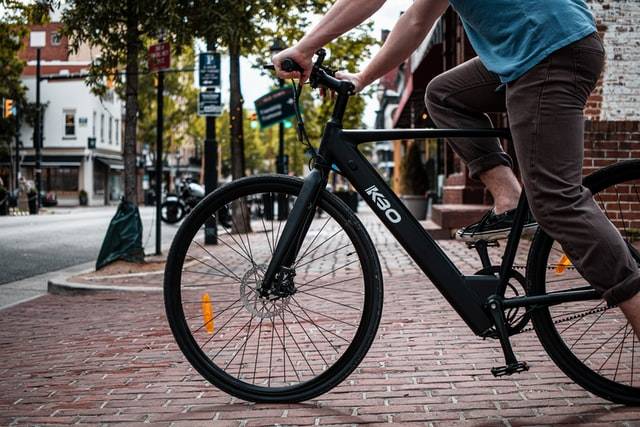Many French cities are currently affected by the phenomenon of devitalization of urban centers. They have a high commercial vacancy rate due to their lack of dynamism.
To revitalize them, you have to find a way to promote a mix of functions: workplaces, public services, schools, shops, leisure, health establishments, etc. Then, you have to try to make them new attractive and dynamic by focusing on active modes such as bike.
Active modes, a key element in the revitalization of urban centers
Table of contents
ToggleCycling is one of the active modes that allow citizens to reclaim their territories and public space. It also helps them to better share public space and to find latitude in their travels.
Thanks to cyclists, town centers will be reinvested. Mobility flows will also be recreated and different entities will be added to it, in particular small shops, leisure activities and public establishments.
For their part, bicycle suppliers adapt their active mobility offers to the local context and to the needs of consumers. They offer self-service bikes, long-term bike rentals, secure bikes, bike accessories, etc. to optimize use and revitalize city centres.
The objectives of urban cycling policies
The objectives of cycling urban planning policies are multiple. First, they aim to make transport more fluid. Secondly, they seek to improve the quality of the air and the living environment of the inhabitants.
Urban redevelopment projects have also been designed to revitalize city centers. They promote and simplify the daily practice of cycling by offering cyclists greenways, cycle paths and cycle routes and by allowing them to park in well-defined places.
As mentioned above, the bicycle is at the service of the revitalization of urban centers. It allows residents to reclaim their city and create mobility flows that benefit businesses while contributing to its economic attractiveness.
Note
As a reminder, the latest report published by the government highlights the major points for improvement in the city centers affected by devitalisation. Among other things, it is necessary to promote the demographic dynamism and the attractiveness of the city. Then, we must create an urban environment that favors local shops. It is also necessary to find a balance in the distribution of activities between centrality and periphery. And finally, we must take into account the demands and needs of the population.

